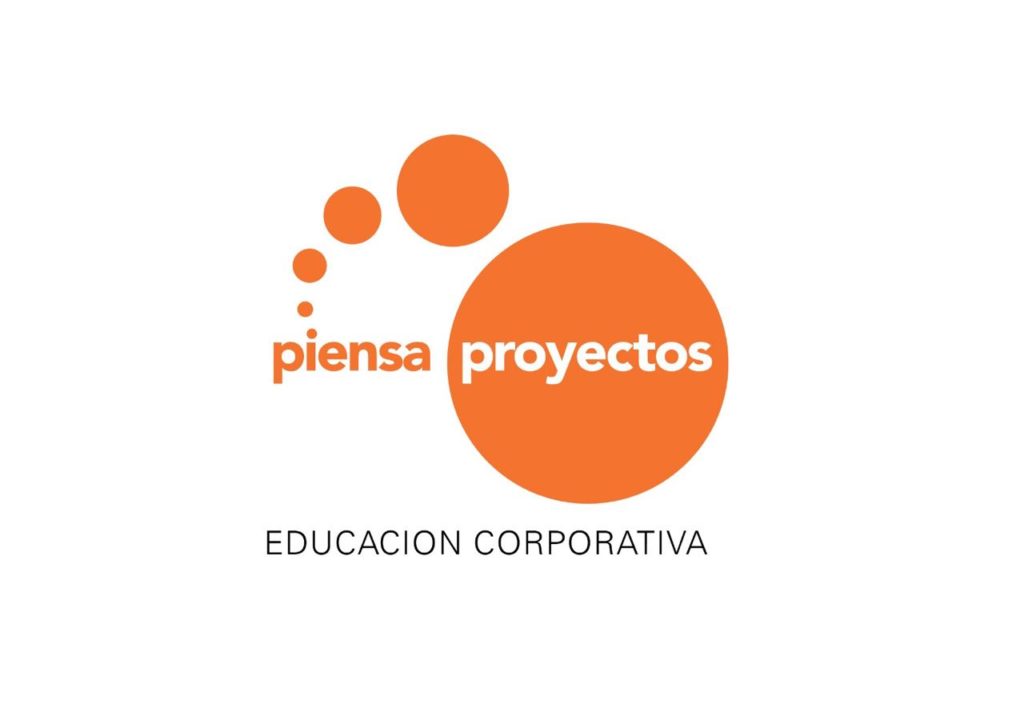 I was formed in project management based on best practices (in my case PMBOK by the PMI) around the beginning of the century when I was leading a team of around 20 people to develop, provide technical support and helpdesk services to a company operating in the US that had recently been purchased by a British company. All this from PE which taught me how to work with geografically-distributed multi-cultural teams.
I was formed in project management based on best practices (in my case PMBOK by the PMI) around the beginning of the century when I was leading a team of around 20 people to develop, provide technical support and helpdesk services to a company operating in the US that had recently been purchased by a British company. All this from PE which taught me how to work with geografically-distributed multi-cultural teams.
These were rocky times in the software development world and companies where downsizing from main/mid-frames to powerful Intel-based multi-processor machines that – based on object-oriented software development platforms and tools – allowed us to build a multi-tier software solution operating in an array of geographically-distributed Intel-based computers to be used by more that 2000 people around the world.
At the time, the internet was still starting to mature (it continuous to) so for programing languages we used Open Pascal once the project sponsor decided to go with Delphi by Borland. JAVA was starting to become an alternative but still did not provide a mature platform to work from. The way we would handle the project would be applying RAD (rapid application development) framework.
Last but not least, the challenge included working with superusers to elicit system’s needs and expectations on each subsystem we had to create. The sponsor did not want the new system on the on the soon-to-be legacy system running on an IBM mid-frame.
Today, I see that the context has changed, new tools and techniques have been developed or given a new name but the challenge is the same, how can I build a solution to satisfy needs and expectations? Mine was an application and its supporting services but yours could be a startup looking to develop a new solution, or working on a NPD at the company or creating a new master’s program in PM.
No matter in what type of project you work in, always:
- recognize the project’s environment
- identify stakeholders involved
- define that strategy and set of tools an techniques to apply
No matter what type of project you work in, there is always:
- a pre-project phase (id the problem, look for alternative solutions and select the best alternative and create the business case)
- a project execution phase to create the product or service
- a post project phase to operate, achieve and sustain the project outcome and impact that was meant to achieve.
I treat my course content or workshop dynamics as products in permanent development and adaptation. Learning through experimentation is a rule not only for students but for teachers too. I am not looking to teach what to do because I cannot know what shape and form the problem will come so participants are stimulated by concepts, models and techniques that help them find their own path to address poorly-structured information to develop a solution.
Today, I have to address the same problems but I can apply new frameworks to help project management practitioners develop abilities required to perform in the context where projects happen today – speed, uncertainty, higher complexity, lower costs and change as a constant.
One basic assumption that I make when trying to bring attention the fuzzy front end of the project is to define a project in 3 big phases and work with the appropriate mindset, tools and techniques for each phase.
1. Pre-Project Phase: Design thinking model to discover, design and prototype. PTB Simulation software to build scenarios to create project plans based on desired performance and functionality, alternative development modes and – based on scope, time, cost, resource constraints and risks – validate the project’s plan feasibility.
2. Execution Phase: PMBOK framework since the PMP certification is recognized by the labor market (PRINCE2 could be a perfect alternative) to address the different elements (knowledge areas), processes (tools an techniques) throughout the life of the project (project lifecycle). SCRUM as a technique to address innovation or NPD) through an agile method.
3. Post-Project: Associated to the PMBOK, PMI proposes the concept of benefit realization management(BRM). It is important to define a plan and values for the different results project strives for: an output (product/service) that will generate an impact and outcome. Project output is the benefit or value that product delivers in terms of features and functions. The impact provides benefits in the medium term (more people interested in the company and its solutions, more sales) and finally the outcome that should be compared to the business case (market share, cost, ROI, Payback period or whatever other metrics the project is intended to achieve.
As always I try to recommend a lecture that has captivated my attention. In this case, Antifragile by Massim Taleb that was recommended to me while interviewing young local entrepreneurs.
Keep learning, keep growing!
Deja un comentario